Table of Contents
Introduction:
Modern automotive technology has come a long way and is now almost unrecognizable from what it was a decade ago. One of the most significant driving forces behind this transformation is the development of advanced operating systems that power vehicles. These operating systems are responsible for various aspects of a vehicle’s functionality, including seamless connectivity, intuitive infotainment systems, and advanced safety features.
As the automotive industry continues to evolve, it’s essential to stay up-to-date on the latest technological advancements. In this regard, it’s worth exploring the top 10 automotive operating systems that are driving innovation in the industry. These operating systems are designed to enhance the driving experience and enable drivers to interact with their vehicles in new and exciting ways. With features such as voice-activated controls, augmented reality displays, and enhanced connectivity, these OS’s are paving the way for the future of automotive technology.
List of Top 10 Automotive Operating Systems:
(1) QNX Neutrino:
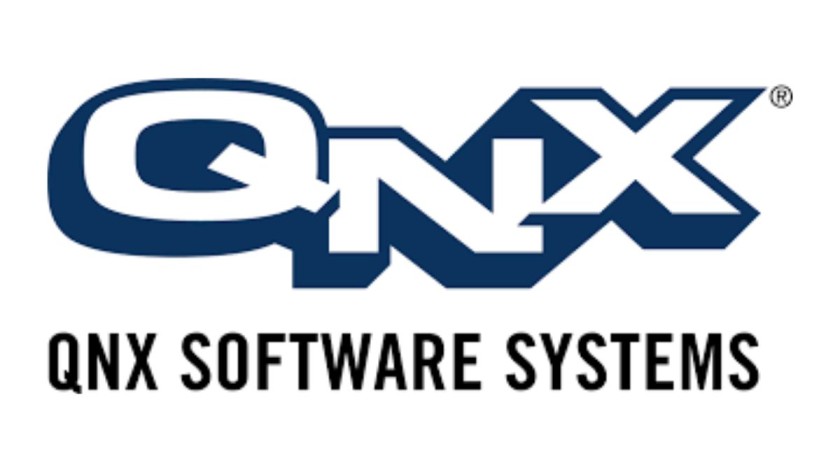
As a leader in automotive operating systems, QNX Neutrino is renowned for its reliability and real-time performance. Trusted by automotive manufacturers worldwide, QNX powers everything from infotainment systems to advanced driver assistance features.
(2) Android Automotive OS:
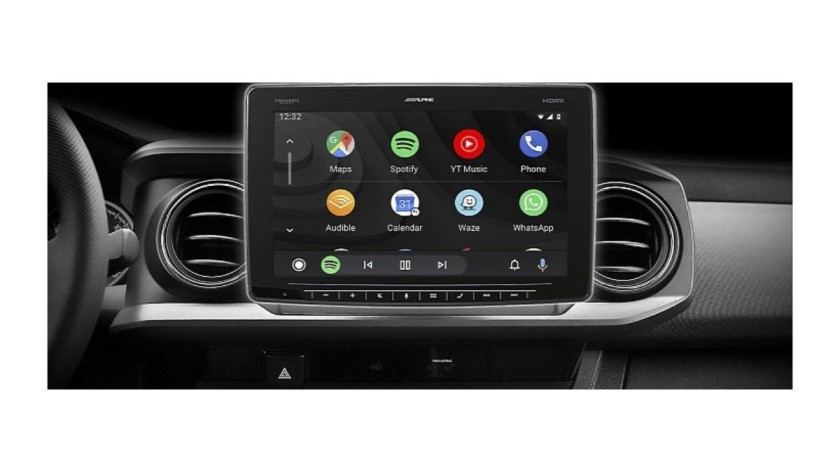
Google’s Android Automotive OS brings the familiar Android experience into the car, offering seamless integration with Google services and a rich ecosystem of apps. Android Automotive OS redefines in-car connectivity with features like Google Assistant and Google Maps.
(3) Automotive Grade Linux (AGL):
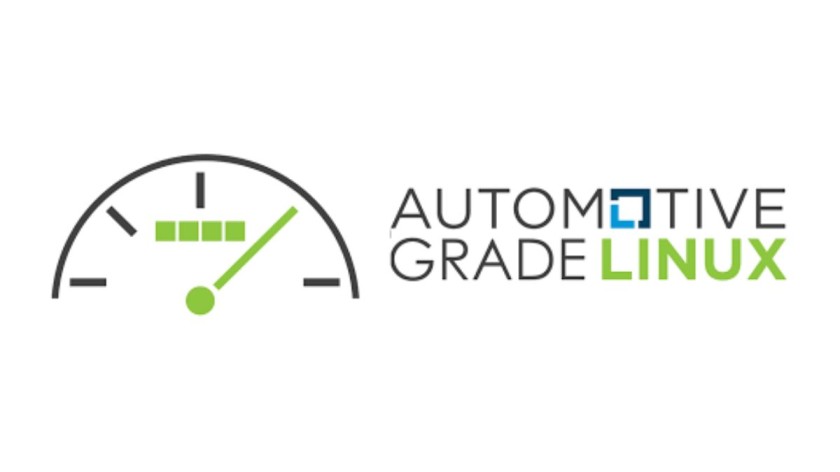
Built on the Linux platform, Automotive Grade Linux is an open-source operating system that fosters collaboration and innovation within the automotive industry. AGL offers customizable solutions for infotainment, navigation, and telematics.
(4) Microsoft Automotive:
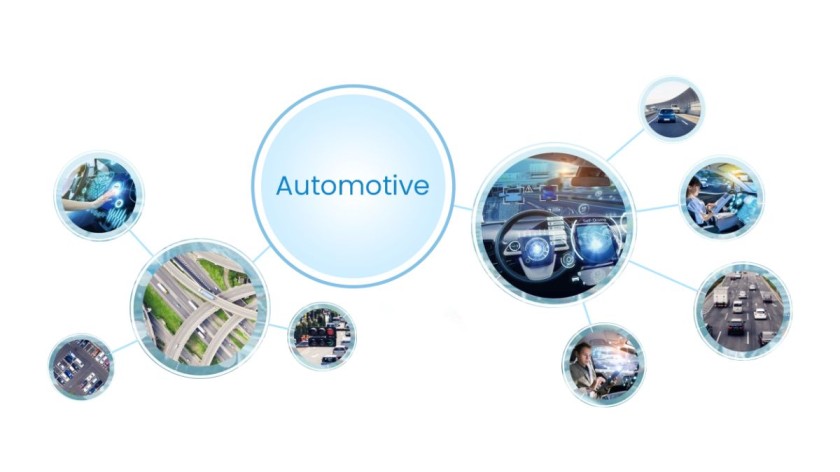
Microsoft Automotive leverages its robust Windows platform to deliver a seamless and intuitive driving experience. With features like voice recognition and cloud integration, Microsoft Automotive enhances both safety and convenience on the road.
(5) GENIVI:
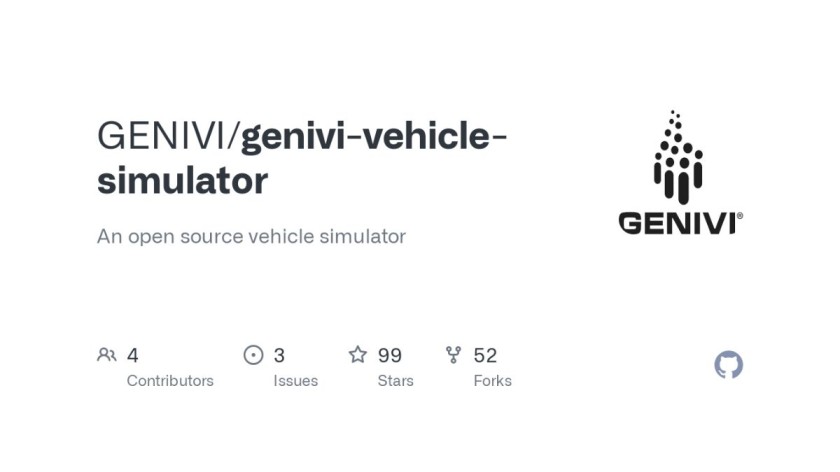
GENIVI is an open-source automotive alliance that develops standardized software platforms for in-vehicle infotainment systems. By promoting interoperability and scalability, GENIVI enables automotive manufacturers to accelerate innovation and reduce time-to-market.
(6) BlackBerry QNX CAR Platform:
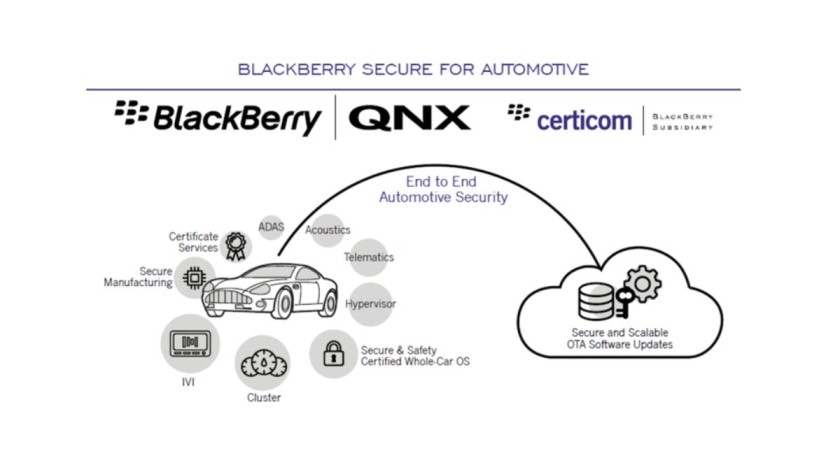
Designed for automotive-grade reliability, the BlackBerry QNX CAR Platform offers a comprehensive solution for in-car entertainment and connectivity. With support for multiple hardware architectures, the QNX CAR Platform ensures seamless integration across vehicle models.
(7) Wind River Helix Cockpit:
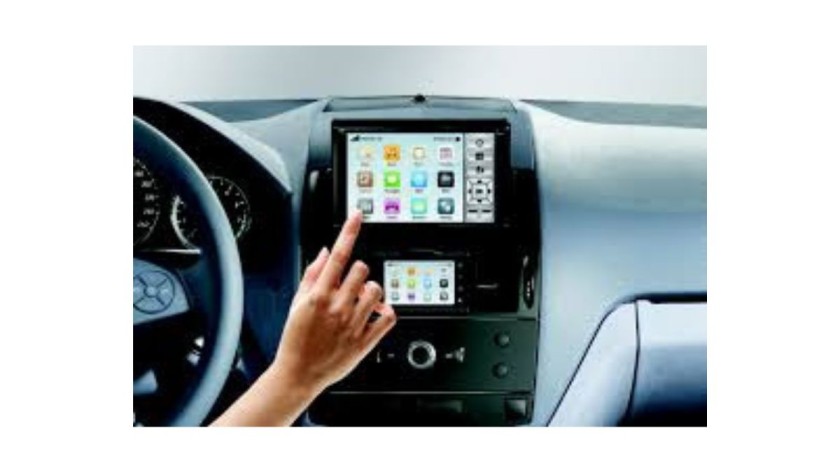
Wind River Helix Cockpit is a software platform that enables automotive manufacturers to build immersive and intelligent cockpit systems. With features like augmented reality and advanced driver monitoring, Helix Cockpit enhances the driving experience with unparalleled innovation.
(8) Elektrobit EB GUIDE:

Elektrobit EB GUIDE is a powerful development platform for creating sophisticated human-machine interfaces (HMIs) in automotive systems. With its intuitive design tools and robust runtime environment, EB GUIDE empowers designers to craft immersive and intuitive user experiences.
(9) Linux-based Automotive Operating Systems:
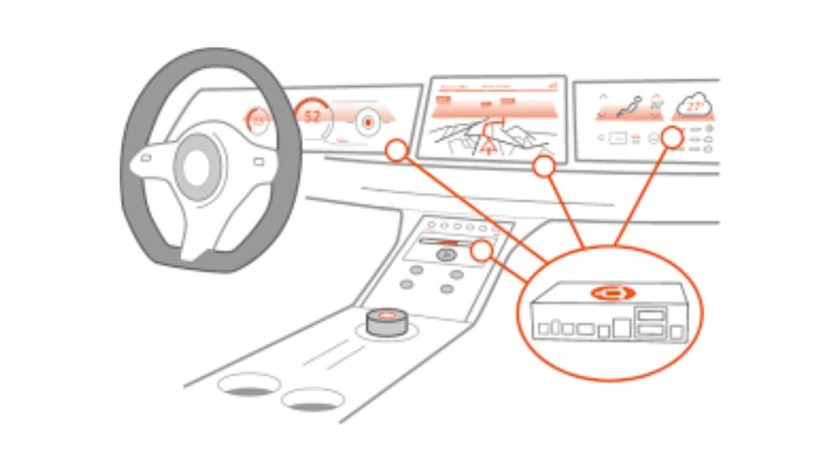
Several automotive manufacturers develop their custom Linux-based operating systems tailored to their specific needs. These Linux-based solutions offer flexibility, scalability, and community-driven support, making them a popular choice among automakers.
(10) Green Hills INTEGRITY:
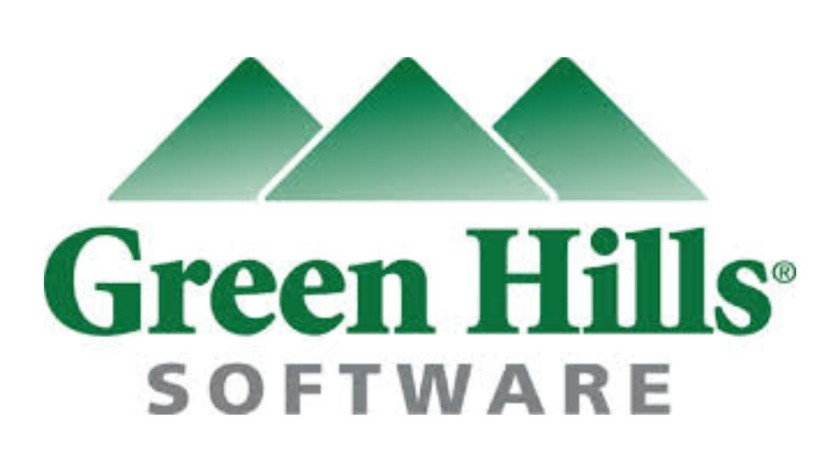
Green Hills INTEGRITY is a real-time operating system (RTOS) that provides automotive manufacturers with a secure and reliable foundation for critical automotive applications. With its proven track record in safety-critical systems, INTEGRITY ensures the highest levels of safety and security in automotive environments.
Conclusion:
As automotive technology evolves, operating systems will remain at the forefront of innovation, powering the next generation of vehicles. Whether it’s enhancing connectivity, enabling advanced driver assistance features, or revolutionizing in-car entertainment, the top 10 automotive operating systems are driving the future of mobility. Embrace the possibilities, and embark on a journey towards a smarter, safer, and more connected driving experience.
Read more- Top 10 Safety-Focused Car Manufacturers
FAQ-
What is an automotive operating system?
An automotive operating system is a software platform designed to manage and control various functions within a vehicle, including infotainment, navigation, connectivity, and vehicle diagnostics.
Why are automotive operating systems important?
Automotive operating systems are crucial for delivering a seamless and intuitive driving experience. They enable features such as in-car entertainment, navigation, driver assistance, and connectivity with external devices and services.
What are the main features of automotive operating systems?
The main features of automotive operating systems include real-time performance, reliability, security, support for multimedia applications, integration with external devices and services, and customization options for automakers.
How do automotive operating systems differ from traditional operating systems?
Automotive operating systems are optimized for the unique requirements of vehicles, such as real-time performance, reliability, and integration with automotive hardware and software components. They also often include specialized features for in-car entertainment, navigation, and connectivity.
What role do open-source automotive operating systems play in the industry?
Open-source automotive operating systems, such as Automotive Grade Linux (AGL), GENIVI, and Linux-based solutions, promote collaboration and innovation within the automotive industry. They provide a foundation for automakers to develop customized software solutions and accelerate time-to-market for new vehicle features.
How do automotive operating systems impact vehicle safety and security?
Automotive operating systems play a critical role in ensuring the safety and security of vehicles. They include features such as secure communication protocols, authentication mechanisms, and software updates to protect against cybersecurity threats and vulnerabilities.
What are some examples of automotive operating systems in use today?
Examples of automotive operating systems include Android Automotive OS, Microsoft Automotive, BlackBerry QNX CAR Platform, Wind River Helix Cockpit, Elektrobit EB GUIDE, and proprietary solutions developed by automotive manufacturers.
How do automotive operating systems contribute to the development of autonomous vehicles?
Automotive operating systems provide the foundational software infrastructure for autonomous vehicles, enabling functions such as sensor fusion, perception, decision-making, and control. They facilitate the integration of complex software algorithms and AI technologies required for autonomous driving.
What are the challenges associated with automotive operating systems?
Challenges associated with automotive operating systems include ensuring compatibility with diverse hardware platforms, managing software complexity, addressing cybersecurity risks, complying with industry standards and regulations, and providing ongoing support and updates for vehicles in the field.
How can automotive operating systems evolve in the future?
In the future, automotive operating systems are expected to evolve to support emerging technologies such as connected vehicles, electric vehicles, autonomous driving, and vehicle-to-everything (V2X) communication. They will continue to prioritize safety, reliability, and user experience while adapting to changing market trends and consumer preferences.
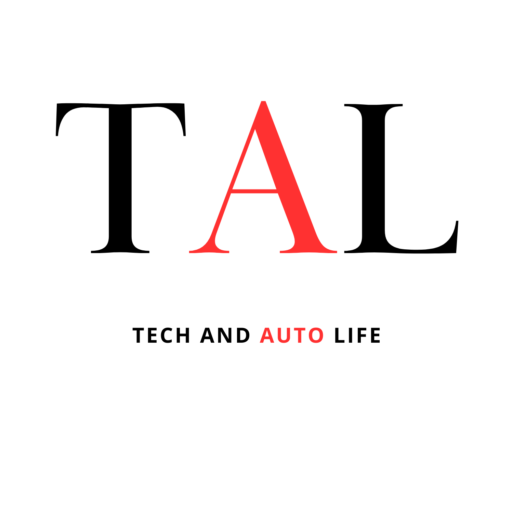
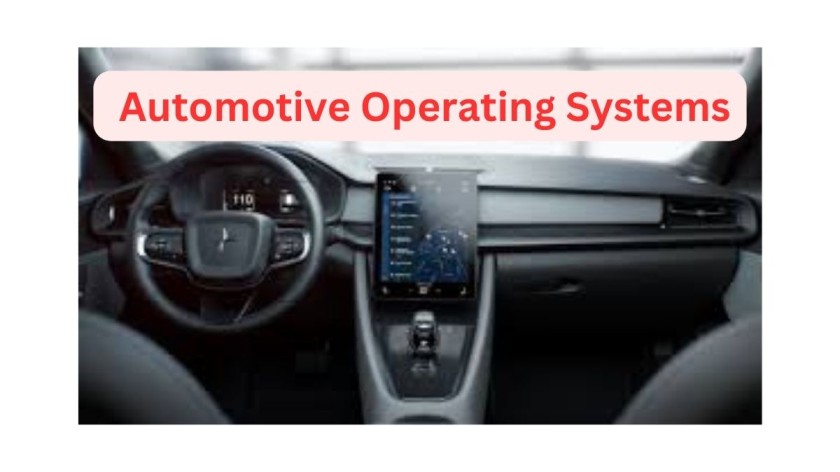
1 thought on “Top 10 Automotive Operating Systems”